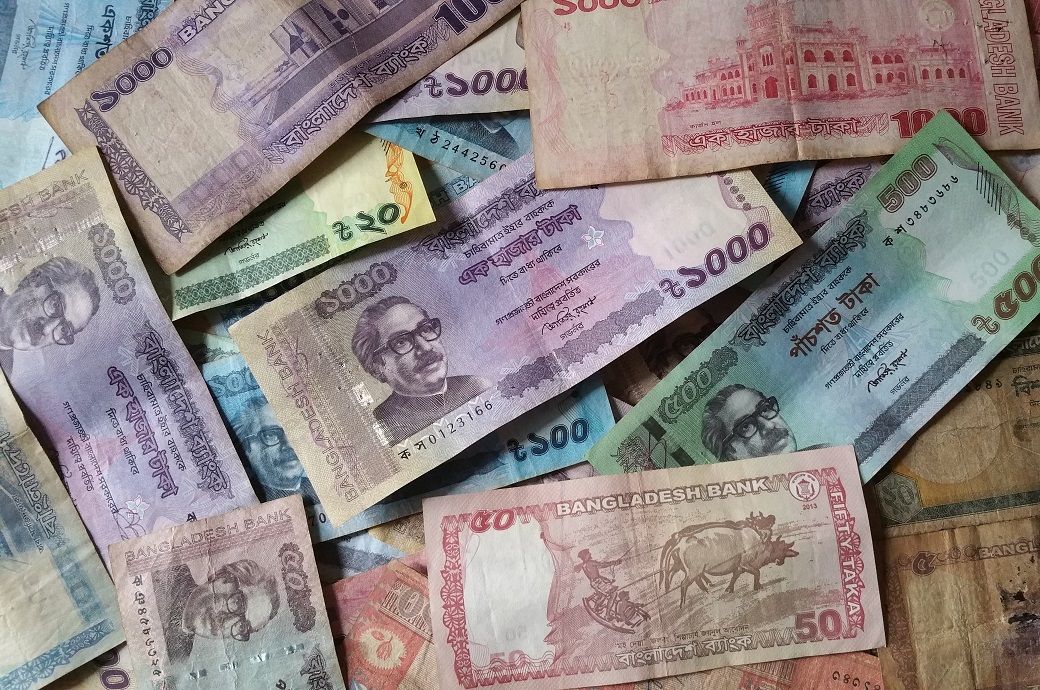
The decision to place the ratings on review for downgrade is driven by Moody’s assessment that Bangladesh’s deteriorating external position raises external vulnerability and government liquidity risks in a way that may not be consistent with its current rating, according to a press release.
Bangladesh’s gross domestic product (GDP) per capita (purchasing power parity/PPP basis) was $7,044 in 2021. The country’s real GDP growth was 6.9 per cent and inflation rate was 5.6 per cent in 2021. While Bangladesh’s fiscal balance was -3.7 per cent, its external balance was -1.1 per cent and external debt was 19.6 per cent in 2021.
The assessment also reflects governance weaknesses in the ability of institutions to take credible measures to arrest the deterioration of reserves adequacy. While Moody’s expects the agreement on the Extended Credit Facility/Extended Fund Facility and the Resilience and Sustainability Facility with the International Monetary Fund (IMF) to provide some external financing, programme conditions have not been finalised, raising uncertainties around the government’s ability to meet them and their economic and social impact. Risks to reserves adequacy are compounded by uncertainty around the composition of reserves.
Bangladesh’s foreign exchange reserves are declining at a rapid pace, largely driven by rising costs for energy imports and moderating growth in export earnings. While the Taka devaluation and softening of some commodity prices could improve terms of trade in the medium-term, Moody’s expects the energy crisis to exacerbate balance of payments and liquidity risks in the near-term.
The sovereign’s financing options remain narrow due to the absence of international issuance and limited domestic capital markets, while FDI are very limited. Although Bangladesh has modest debt payments due to the concessional nature of its external debt with long maturities, weak debt affordability—with interest payments absorbing a widening share of the government’s narrow revenue base—poses further risks.
The rating review will focus on understanding the scope and conditions under which IMF support will be provided. Moody’s will assess the government’s willingness and ability to consistently meet the IMF programme’s requirements, given the challenging social conditions that have been intensified by recent fuel and energy shortages, as well as the support that the IMF programme can facilitate from other international institutions. In addition, the review will seek to refine the assessment of reserves adequacy, given uncertainty around the composition of the sovereign’s foreign currency reserves.
Concurrently, Bangladesh’s local-currency (LC) and foreign-currency (FC) ceilings have been lowered to Ba1 and Ba3 from Baa3 and Ba2, respectively. The LC ceiling is placed two notches above the sovereign rating, reflecting weak predictability and reliability of government institutions and high external imbalances, which raise risks for the garment export sector’s contributions to government revenue; balancing a relatively small government footprint. The FC ceiling is placed two notches below the LC ceiling, reflecting low capital account openness, weak policy effectiveness, and some degree of unpredictability surrounding capital flow management, taking into account low external indebtedness.
ALCHEMPro News Desk (NB)
Receive daily prices and market insights straight to your inbox. Subscribe to AlchemPro Weekly!